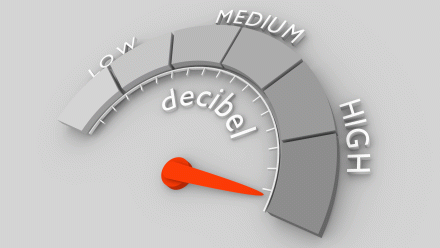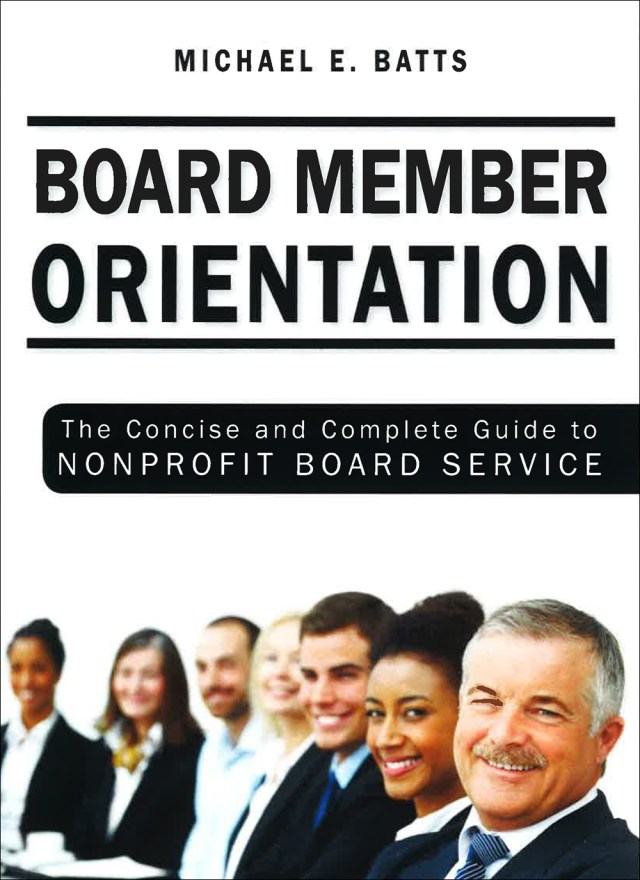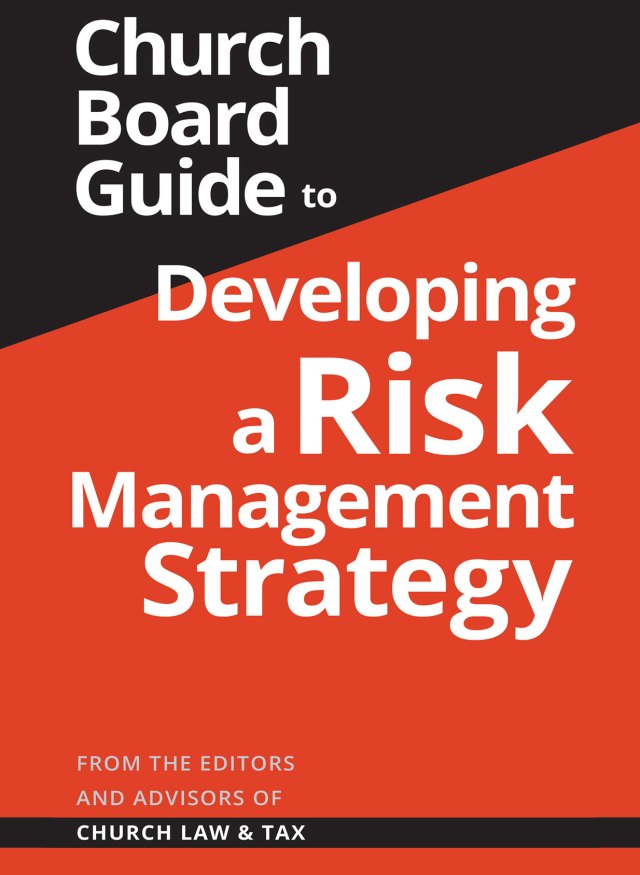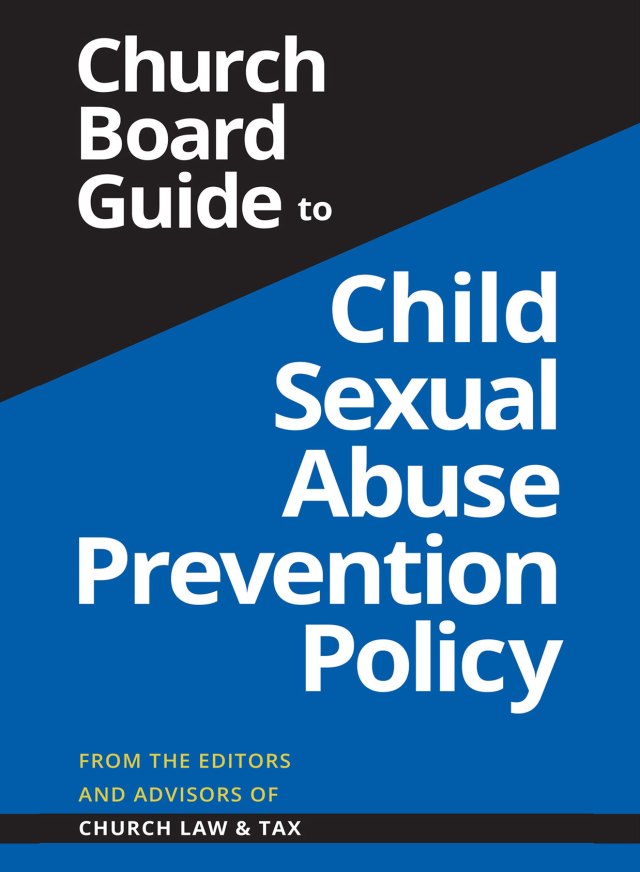Skip ahead to read about:
4. Does the ministerial exception apply to OSHA claims made by church employees?
5. Can church workers file workers compensation claims for hearing damage?
‘Making a joyful noise’
The music performed in some churches during worship services and special events can become loud and intense. And while scripture says something about making a joyful noise, the courts have had something to say about it, too.
There is no question that sacred music is an integral and energetic part of religious worship. And, more importantly, this connection has been recognized by several courts.
Defining ‘sacred music’
In Employment Opportunity Commission v. The Roman Catholic Diocese of Raleigh, 213 F. 3d 795 (4th Cir. 2000), a federal appeals court described the pivotal role of music in ministry:
The music ministry and teaching positions at issue are ministerial because the positions are important to the spiritual and pastoral mission of the church. The functions of the positions are bound up in the selection, presentation, and teaching of music, which is an integral part of [the church’s] worship and belief.
The [First Amendment’s free exercise of religion clause] therefore bars consideration of [this case]. To hold otherwise would require us to say that music is substantially devoid of spiritual significance in the life of the church. Such a view cannot stand in light of the role of religious music in worship and the record in this case. At the heart of this case is the undeniable fact that music is a vital means of expressing and celebrating those beliefs which a religious community holds most sacred. Music is an integral part of many different religious traditions … “
However, two problems arise when sacred music is too loud:
(1) The music may cause permanent hearing loss in members of the congregation; and (2) the church may be exposed to liability.
Hearing loss
Yes, worship music can cause permanent hearing loss. The question is what level of intensity, and duration, is required for that to happen.
The National Institute on Deafness and Other Communication Disorders of the National Institutes of Health, and OSHA (the Occupational Safety and Health Administration) have done extensive research into occupational noise, and have provided the following information:
When noise is too loud, or music is played too loudly, it begins to kill the nerve endings in the inner ear. This can cause permanent and irreversible damage to our hearing. As the exposure time to loud noise or music increases, more nerve endings are destroyed. As the number of nerve endings decreases, so does a person’s hearing.
Key point. Sound is measured in units called decibels. Sounds at or below 70 dB, even after long exposure, are unlikely to cause hearing loss. However, long or repeated exposure to sounds at or above 85 dB can cause hearing loss.
To quantify this, continued exposure to noise above 85 decibels [dB] (about the level of city traffic), over time, will cause damage to hearing. Personal stereos with headphones have been measured up to 112 dB, with concerts between 94-110 dB and rock concers approaching 120 dB. Music levels of certain orchestral instruments can exceed 126 dB. A new car stereo can blast at levels above 140 dB. Studies show that 37 percent of rock musicians and 52 percent of classical musicians have a measurable hearing loss. There is no way to restore life to dead nerve endings, so the damage is permanent.
- Noise induced hearing loss (NIHL) can be immediate, or it can take a while to notice. It can be temporary or permanent, and it can affect one ear or both ears. Symptoms include not being able to understand other people when they talk, especially on the phone or in a noisy room. The good news: noise-induced hearing loss is preventable.
- People of all ages, including children, teens, young adults, and older people, can develop NIHL.
Key point. The louder the sound, the shorter the amount of time it takes for NIHL to occur.
Key point. Recent studies indicate that a significant percentage of children and teenagers have suffered permanent hearing loss. One of the most likely contributing factors is loud music (both live and recorded).
What the courts have said
A few courts have directly addressed the question of liability for hearing impairment suffered by persons who are exposed to loud music.
Bootz v. Crown Leisure Corporation
A 34-year-old woman suffered hearing loss in one ear consistent with noise exposure, and tinnitus. A physician attributed both conditions to repeated incidents of loud music over a two-year. The woman sued the bar she went to three to four times a week, where noise levels usually reached between 95 and 105 dB. The trial court dismissed the case because the woman knowingly entered the bar, and thus assumed the risk, but an appeals court ordered that it proceed to trial while concluding that the woman’s voluntary exposure to the loud noise was only one factor in determining the bar’s liability for her hearing loss and tinnitus.
CASE STUDY
A 51-year-old attorney (Jeff) attended a rock concert featuring John Fogerty, a member of the former Creedence Clearwater Revival band. Fogerty was accompanied by a back-up band consisting of guitar, bass, and drums. The seating was “open,” and Jeff sat in the front row of the mezzanine.
When the concert began, Jeff found the noise level intolerable and retreated after one or two songs to an area of the building outside the auditorium but still within hearing range of the music. He made an unavailing attempt or two to inform auditorium personnel that he thought the music was too loud.
Some of Jeff’s friends attended the concert with him and found the music so loud that they stuffed tissue or fingers into their ears during the concert. Jeff claimed that he suffered permanent hearing loss because of the concert, and he sued the concert hall and promoters for damages. The noise level for the concert was uncertain.
One auditorium employee estimated the first song reached 106 decibels. An audiologist testified at the trial that exposure to this level of sound for a half-hour could be unsafe. Another witness testified that “4 minutes would be the maximum permissible exposure to noise at a level of 105 decibels.”
Court: Standard of Care unclear
A New York court dismissed the case.
The court said a jury would not be able to determine the standard of care owed by the concert hall or promoters to concertgoers. The court also said persons cannot sue for damages because of injuries sustained when they voluntarily expose themselves to a known risk of harm. This is a legal doctrine known as assumption of risk.
The first of these cases suggests that churches face some risk of liability for music that is so loud that it causes permanent hearing loss. The second case suggests that the legal doctrine of assumption of risk may be raised as a defense to liability for hearing loss caused by excessive noise.
Powell v. Metro Entertainment Co., 195 Misc. 2d 847 ( N.Y. App. 2003).
Key point. Minors are a special case. Some courts have ruled that the assumption of risk defense is narrower when applied to minors. And, recent surveys reveal that most adolescents do not see loud music as a problem.
OSHA violations
OSHA regulations require employers to address excessive noise in the workplace. Employers must implement a hearing-conservation program when noise exposure is at or above 85 dB averaged over 8 working hours, or an 8-hour time-weighted average. A program must include monitoring, warnings about noise levels, and hearing protectors, among other things.
OSHA regulations clearly specify that nonprofit organizations are subject to OSHA regulations, but churches are not.
“The basic purpose of the . . . Act is to improve working environments in the sense that they impair, or could impair, the lives and health of employees,” the law states. Excluding employees of nonprofits and charitable organizations “would result in thousands of employees being left outside the protections of the Act in disregard of the clear mandate of Congress to assure ‘every working man and woman in the Nation safe and healthful working conditions.’”
However, OSHA regulations treat churches as special cases with respect to religious worship services:
Churches or religious organizations, like charitable and nonprofit organizations, are considered employers under the Act where they employ one or more persons in secular activities. As a matter of enforcement policy, the performance of, or participation in, religious services (as distinguished from secular or proprietary activities whether for charitable or religion-related purposes) will be regarded as not constituting employment under the Act. Any person, while performing religious services or participating in them in any degree is not regarded as an employer or employee under the Act, notwithstanding the fact that such person may be regarded as an employer or employee for other purposes—for example, giving or receiving remuneration in connection with the performance of religious services.
This language is important.
OSHA violations during religious services
While OSHA generally applies to churches as employers, it will not take “enforcement” action against a church that violates OSHA regulations in the course of “the performance of, or participation in religious services” since “any person, while performing religious services or participating in them in any degree is not regarded as an employer or employee under the Act, notwithstanding the fact that such person may be regarded as an employer or employee for other purposes.”
The regulations list numerous religious organizations that would be covered employers under the law:
- a private hospital owned or operated by a religious organization
- a private school or orphanage owned or operated by a religious organization
- commercial establishments of religious organizations engaged in producing or selling products, such as alcoholic beverages, bakery goods, religious goods, and so on
- administrative, executive, and other office personnel employed by religious organizations [29 CFR 1975.4(c)]
On the other hand, the regulations list the following examples of religious organizations that would not be covered employers under the law when religious services are specifically involved:
- churches with respect to clergymen while performing or participating in religious services
- churches with respect to other participants in religious services, such as choir masters, organists, other musicians, choir members, ushers, and the like [29 CFR 1975.4(c)]
OSHA has yet to assert jurisdiction over churches in most circumstances
The special treatment of churches and church employees under the OSHA regulations helps to explain why no court has addressed the application of the Act to churches. The fact is that most churches would be considered “employers” under the Act because they are engaged in interstate commerce, but OSHA has chosen not to assert jurisdiction over churches except in special circumstances.
The partial exemption of churches from OSHA coverage is illustrated by the following examples:
EXAMPLE A
A church member brings an audiometer to a worship service and measures peaks of 105 decibels on the front row with a sustained reading of 95 decibels. The church’s music minister (a full-time employee) is exposed for several minutes during each worship service. Must the church implement “administrative or engineering controls” under OHSA? No, because the regulations specify that “as a matter of enforcement policy, the performance of, or participation in, religious services will be regarded as not constituting employment under the Act. Any person, while performing religious services or participating in them in any degree is not regarded as an employer or employee under the Act.”
EXAMPLE B
Helen is a church organist. She plays the organ several times each week at worship services, choir rehearsals, funerals, weddings, and other special functions. She is frequently exposed to decibel levels exceeding 85. Is the church liable for exceeding these limits? Under OSHA, the answer is no, based on the same reasons stated in the examples above.
EXAMPLE C
Jon is a sound technician employed by a church. His job is to make sure that sound levels are adequate during all church services and functions. He must attend all rehearsals as well as services and special functions. He is often exposed to music that exceeds the permissible levels specified by OSHA.
Is the church liable for exceeding this limit?
The OSHA regulations specify that “as a matter of enforcement policy, the performance of, or participation in, religious services will be regarded as not constituting employment under the Act. Any person, while performing religious services or participating in them in any degree is not regarded as an employer or employee under the Act.” In addition, OSHA regulations list “participants in religious services such as choir masters, organists, other musicians, choir members, ushers, and the like” as an example of persons who are outside of the scope of OSHA coverage. Does this exception apply to a sound technician? Does his work constitute participation in a religious service “in any degree”? Neither OSHA, nor any court, has addressed this issue. It remains a possibility.
EXAMPLE D
Pastor Ted has heard that churches are exempt from OSHA. Is this correct? The answer is no. OSHA defines covered employers to include any organization “engaged in a business affecting commerce that has employees.” There is no doubt that most churches are subject to OSHA.
However, as a matter of discretion, OSHA regulations specify that “as a matter of enforcement policy” the “performance of, or participation in, religious services will be regarded as not constituting employment under the Act.” As a result, “any person, while performing religious services or participating in them in any degree is not regarded as an employer or employee under the Act” even though that person is regarded as an employee for other purposes (such as tax reporting). OSHA violations can result in substantial penalties.
These penalties depend on several factors. To illustrate, willful or repeated violations of OSHA requirements may result in a civil penalty of not more than $70,000 for each violation, but not less than $5,000 for each willful violation. Employers who fail to correct a citation issued by OSHA may be assessed a penalty of up to $7,000 for each day that that the violation continues.
The “ministerial exception”
The US Supreme Court has recognized the “ministerial exception” prevents state and federal employment laws from applying to ministers employed by churches due to First Amendment concerns.
Does the ministerial exception apply to an OSHA case? Since the law pertains to compliance with federal safety regulations that likely would involve no interpretation of church doctrine, it is difficult to say. Even if the ministerial exception did apply to OSHA claims, it would not bar claims by lay employees.
Workers compensation
All states have enacted workers compensation laws to provide benefits to employees who are injured or become ill in the course of their employment. Benefits generally are financed through insurance premiums paid by employers.
Churches are subject to workers compensation laws in most states.
Some courts have addressed the issue of an employee’s eligibility for workers compensation benefits based on hearing loss caused by excessive noise at work. Consider the following example.
EXAMPLE: Tom was employed by the City of Seattle as a sound technician at the Seattle Center for 15 years. As a sound technician he set up and operated sound equipment for different programs at the Opera House, the Coliseum, the Arena, and the Exhibition Hall. He worked at about 500 events, including opera, ballet, and symphony rehearsals and concerts, and rock concerts. Tom monitored and adjusted the sound during performances and frequently increased output volumes so the music could be heard over screaming fans. He did not use hearing protection and he and his wife noticed a gradual hearing loss. Tom filed a workers compensation claim for benefits based on hearing loss caused by occupational noise exposure. A state agency ordered the city to pay permanent partial disability benefits. Spyridis v. Department of Labor, 2004 WL 188304 (Wash. App. 2004).
Reducing the effects of excessive noise
Many churches continue to expose members and employees to excessive noise that exceeds the permissible decibel level (85 dB) prescribed by OSHA. And whilethe risk of liability in such cases may be low, due to the exemption of church worship services from OSHA coverage and the doctrine of assumption of risk, the risk cannot entirely be dismissed, since:
- Some courts have construed the assumption of risk defense narrowly, especially in cases involving minors.
- OSHA does not exempt all church employees or activities.
- Churches may be subject to workers compensation claims for employees’ hearing loss.
- Church members, employees, and volunteers may be able to sue for hearing loss based on the principle of negligence, using OSHA regulations as a “standard of care” that was violated by their church.
As a result, church leaders should recognize that excessive noise may expose a church to potential liability. But avoidance of liability is just one reason to address excessive noise. Another reason is the ethical responsibility to protect members of the congregation from damaging noises during worship services. There are simple and very effective ways for churches to address loud noise during worship services.
Here are some of them, adapted from recommendations from the National Institute for Occupational Safety and Health (NIOSH) and OSHA:
1. Noise measurement. Use an audiometer to continually measure noise levels during worship services at various places in the sanctuary. This can be done during rehearsals, services, or performances.
2. Engineering and administrative controls. What are these controls? OSHA regulations specify that any noise control should “minimize sources of noise. It should also prevent the propagation, amplification, and reverberation of noise. And, it should protect workers from excessive noise.” Engineering controls may include “anti-vibration machine mountings, acoustical enclosures, and component replacement.” Administrative practices may include “shift rotation or exposure limitation.”
Example A: A church worship team uses electric instruments and a drum set. The drum set is placed in an acoustical enclosure to protect other musicians from dangerous noise levels. This is an example of an engineering control to reduce noise exposure.
Example B: A church’s sound technician continually monitors noise levels using an audiometer. The technician has a master control that allows him to reduce noise levels when they approach a high decibel level. This is an example of an engineering control.
3. Personal protective equipment. If administrative or engineering controls do not lower noise exposure to acceptable levels, or until such time as they are implemented, hearing protection devices are the only way to prevent hazardous levels of noise from damaging the ear. It is important to understand that hearing protectors reduce only the amount of noise that gets through to the ears. Some types of hearing protection include:
- Single-use earplugs are made of waxed cotton, foam, silicone rubber or fiberglass wool. They are self-forming and, when properly inserted, they work as well as most molded earplugs.
- Pre-formed or molded earplugs must be individually fitted by a professional and can be disposable or reusable. Reusable plugs should be cleaned after each use.
- Earmuffs require a perfect seal around the ear.
Churches that cannot reduce sound levels to non-injurious levels should consider nforming the congregation in the weekly bulletin or newsletter that sound levels may reach injurious levels during worship services that could cause permanent hearing loss.
Additionally, churches should periodically inform members (and musicians) that earplugs will be available at specified distribution points.
These procedures will protect against hearing loss and reduce the church’s potential liability.
4. Hearing tests. Consider offering annual hearing tests to those who are exposed to excessive noise during church services or other functions.





